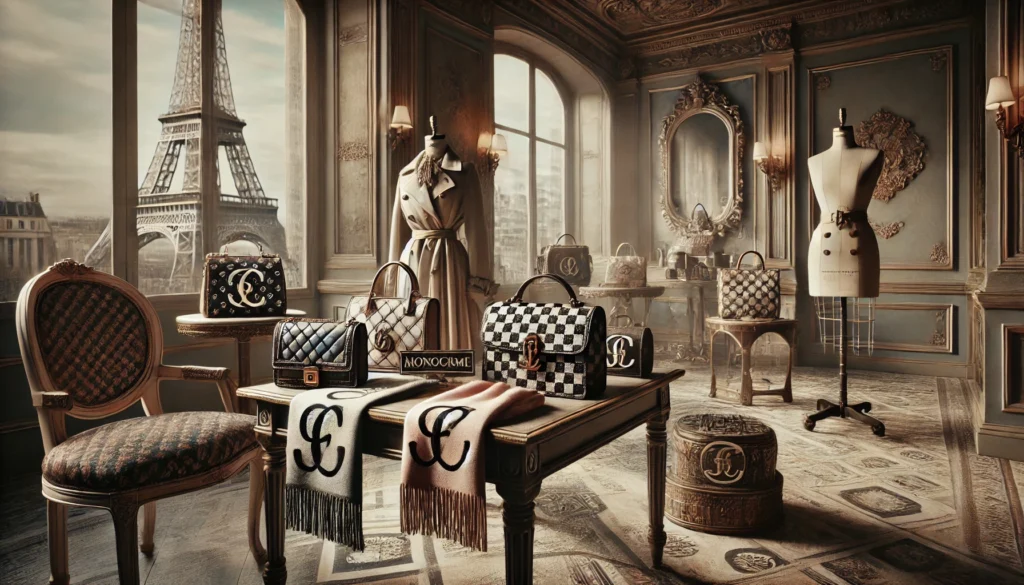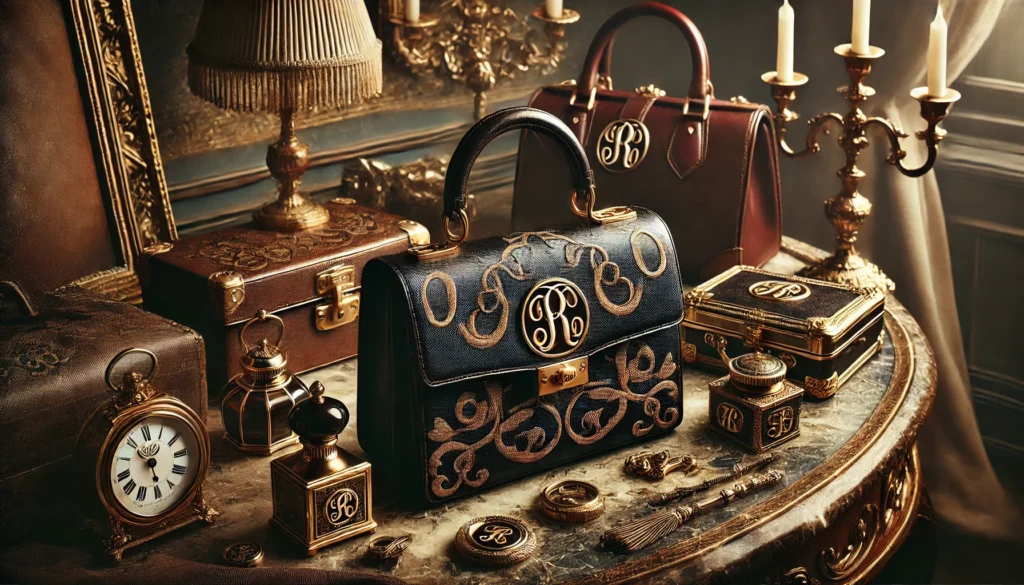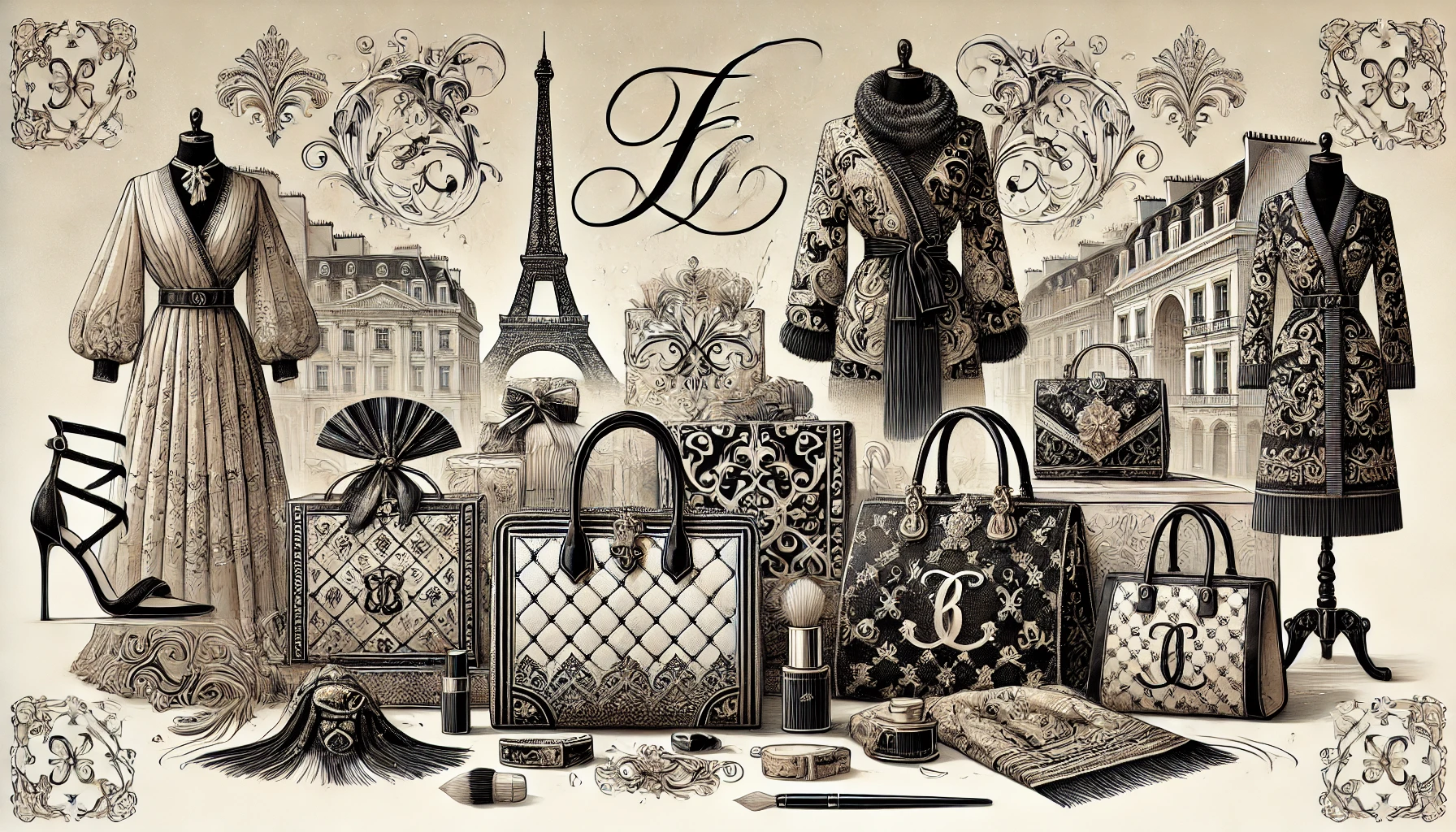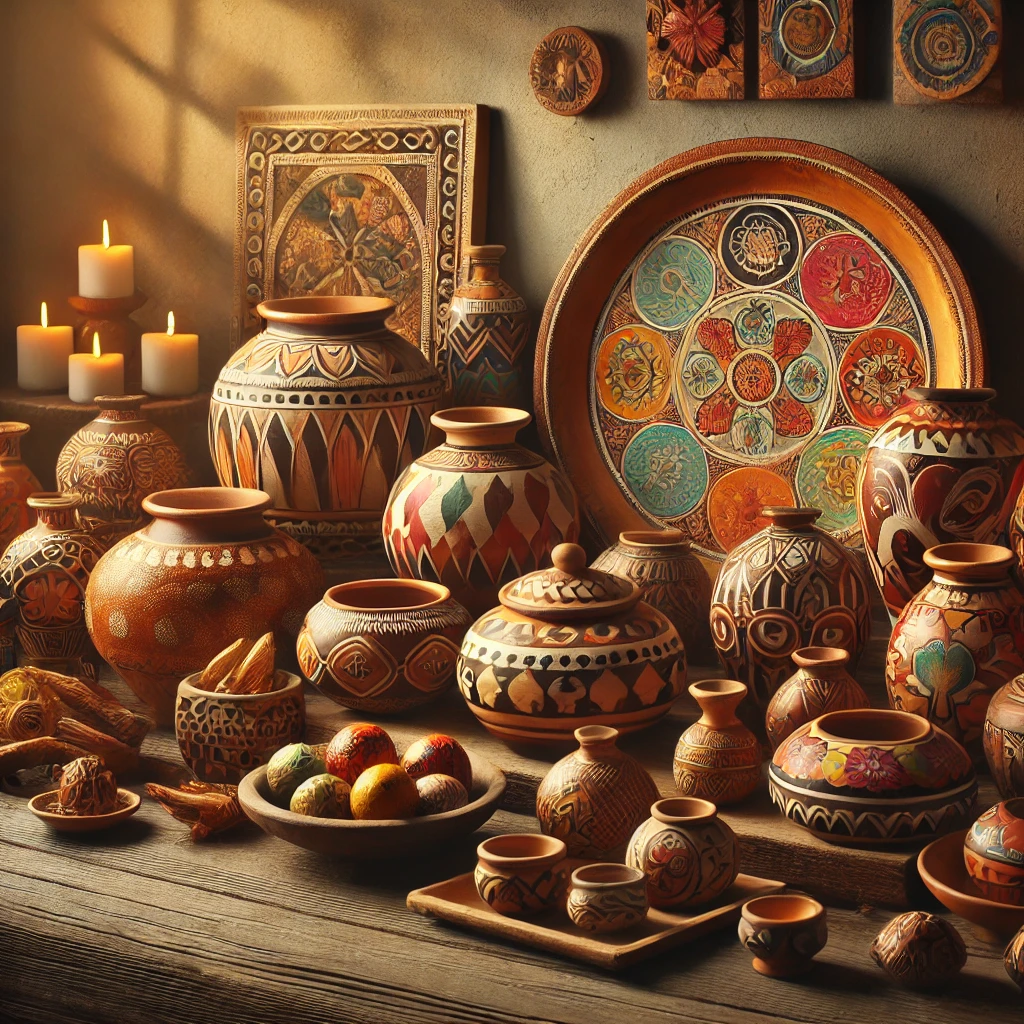Table of Contents

Introduction to French Fashion
The world of fashion has long been captivated by the allure and sophistication of French design. Renowned for its elegance and timeless appeal, French fashion stands as a pillar of style and creativity on the global stage. The historical roots of this sartorial supremacy can be traced back to the 17th century, where the monarchy, particularly under King Louis XIV, utilized clothing as a demonstration of power and prestige. This era laid the foundation for France’s enduring influence in the fashion world.
Over the centuries, numerous iconic fashion houses have emerged from France, further cementing its status as a style capital. Names like Chanel, Dior, and Louis Vuitton have become synonymous with innovation, luxury, and the exquisite craftsmanship emblematic of French couture. These maisons have continuously pushed the boundaries, combining tradition with modernity to cater to ever-evolving tastes.
One distinctive element that has come to symbolize the sophistication of French fashion is the monogram. This unique fashion detail not only serves as a signature of authenticity but also as a statement piece, encapsulating the artistry and heritage of the brand it represents. For instance, the Louis Vuitton monogram, introduced in the late 19th century, remains a timeless emblem recognized worldwide.
Globally, French fashion is celebrated for its enduring elegance. The seamless blend of classic and avant-garde elements appeals to fashion connoisseurs across continents. Moreover, the focus on high-quality materials and impeccable tailoring ensures that pieces from French collections remain both fashionable and functional for generations, thereby epitomizing the principle of timeless style.
In essence, French fashion continues to thrive by balancing its rich heritage with forward-thinking design. Through its monograms and overall aesthetic, French fashion doesn’t just follow trends but sets them, paving the way for a style that remains ageless and admired universally.
History of the Monogram in Fashion
The monogram has a rich history rooted in noble and aristocratic lineages before evolving into an emblem of modern luxury. Initially, monograms were used as a means to signify ownership and to showcase lineage, dating back to the ancient civilizations of Greece and Rome. These early examples of monogramming were predominately found on coins and stonework, symbolizing both identity and status.
In the realm of French fashion, the adoption and evolution of monograms have distinctly marked the identity of various luxury brands. The illustrious fashion house of Louis Vuitton, established in 1854, is one such pioneer. Their famous ‘LV’ monogram was designed by Georges Vuitton in 1896 to pay homage to his father, Louis. This design not only served as a tribute but also as a method to counteract counterfeiting, thus blending practicality with elegance.
Similarly, the storied house of Chanel adopted the ‘CC’ monogram, synonymous with class and sophistication. Introduced by Coco Chanel herself in the early 1920s, the interlocking ‘CC’ became emblematic of the brand’s commitment to timeless fashion and luxury. Yves Saint Laurent, on the other hand, offered a fresh take in 1961 by integrating the ‘YSL’ monogram into its designs to represent its avant-garde approach to fashion.
Over the years, monograms have transcended their practical origins to become potent symbols of luxury and exclusivity in fashion. The designs and usage have also evolved, reflecting the changing tides of fashion trends while maintaining the essence of the brand they represent. The French fashion monogram, characterized by its elegance and distinctiveness, serves as a timeless icon, reiterating the brand’s heritage while appealing to modern sensibilities.
Thus, the journey of the monogram in French fashion encapsulates more than just a logo or a design; it is an ongoing saga of lineage, innovation, and ingenuity, forever cementing its place as a hallmark of luxury in the fashion world.
Cultural Significance of the Monogram
Embedded deeply within French fashion, the monogram operates as a powerful symbol, denoting much more than mere initials or logos. It carries significant cultural and social implications that reverberate through the textured layers of French society. In the realm of haute couture and luxury goods, monograms convey a sense of status, identity, and exclusivity, serving as a quiet yet potent statement of one’s social standing and personal style.
Monograms in French fashion are inextricably tied to brand heritage and prestige. Icons like Coco Chanel’s interlocking ‘CC’ and Louis Vuitton’s ‘LV’ monogram have transcended their origins to become emblematic of timeless elegance and unparalleled craftsmanship. These symbols signify not just a product, but the lineage, tradition, and superior quality that the brands perpetuate. In essence, a french fashion monogram encapsulates the essence of a brand’s identity, offering a gateway to its storied past and illustrious reputation.
The allure of the monogram extends beyond mere visual appeal, deeply influencing consumer behavior and perception of luxury. Possessing an item adorned with a recognized monogram often serves as a marker of elite status, cultivating a sense of belonging to a privileged circle. It attracts those who are not simply purchasing a product, but rather, investing in a piece of history, an emblem of sophistication that resonates on a personal and societal level. This intrinsic value motivates higher spending and cultivates brand loyalty, making the monogram a pivotal element in the world of luxury fashion.
Moreover, the monogram also operates as an identity marker, allowing individuals to express their unique personalities within the framework of established luxury. The subtle, yet profound presence of a monogram can imbue an accessory or garment with a heightened level of personal significance, transforming it into an intimate extension of the wearer’s own identity. As such, the cultural significance of the monogram in French fashion cannot be overstated; it is a powerful conduit for storytelling, encapsulating narratives of exclusivity, heritage, and personal expression.
Craftsmanship Behind Monogrammed Goods
The creation of monogrammed fashion items is a testament to exceptional craftsmanship and an unwavering commitment to quality. French fashion monogram designs, long revered for their elegance, are the product of diverse and painstaking techniques such as embroidery, printing, and engraving. Each monogrammed piece becomes a unique work of art, reflecting the precision and dedication of the artisans behind its creation.
Embroidery, one of the most traditional methods, involves intricate needlework to stitch monograms onto fabric. This painstaking process requires a high level of skill and a steady hand, ensuring that each stitch contributes to the overall beauty and durability of the design. Similarly, printing techniques, whether done through screen printing or digital printing, demand meticulous attention to detail, ensuring vibrant colors and sharp lines that stand the test of time.
Engraving, predominantly used on leather goods and accessories, is a sophisticated technique that carves the monogram into the material’s surface. This process often involves the use of specialized tools and machines to achieve the desired depth and clarity, thus lending a sense of permanence and luxury to the finished product. The precision required in engraving underscores the importance of skilled artisans in preserving the integrity of French fashion monogram creations.
The importance of quality and precision cannot be overstated in the production of monogrammed items. According to renowned Parisian designer Claire Lefèvre, “Each monogrammed piece must embody the pinnacle of craftsmanship, as it represents not only the brand but also the personal identity of its owner.” This sentiment is echoed by artisans like Jean-Paul Martin, who states, “Our techniques are a blend of tradition and innovation. It’s about honoring classic methods while embracing modern technology to achieve perfection.”
In essence, the crafting of monogrammed fashion items is an intricate dance between artistry and precision. The rigorous processes involved ensure that each piece is a testament to the artisans’ expertise and the enduring allure of French fashion monogram artistry.
Iconic Monograms of French Fashion Houses
The world of haute couture is replete with symbols that are as much a part of fashion history as the garments themselves. Some of the most iconic monograms in the industry belong to French fashion houses like Louis Vuitton, Chanel, and Hermès. Each of these brands has crafted a distinctive monogram that not only signifies luxury but also embodies the essence of French fashion.
Louis Vuitton’s monogram, perhaps the most recognizable, features interlocking ‘L’ and ‘V’ initials, often accompanied by floral motifs. Designed in 1896 by Georges Vuitton, the pattern was originally created to thwart counterfeiters but has since become a global symbol of opulence and timeless elegance. The geometric rigidity of the design juxtaposed with its floral elements encapsulates both the brand’s heritage and its innovative spirit.
Chanel’s interlocking double C logo is another hallmark of French fashion monograms. Introduced in the 1920s by Coco Chanel herself, the design is minimalist yet imbued with a sense of sophistication. The mirrored Cs reflect Chanel’s commitment to both modernity and classicism, creating a visual harmony that has stood the test of time. Its simplicity ensures the monogram’s versatility, allowing it to be seamlessly integrated into various designs, from handbags to contemporary streetwear.
Hermès takes a different approach with its ‘H’ monogram, a symbol of its refined craftsmanship and equestrian heritage. Unlike the often elaborate designs of other brands, Hermès opts for a more understated emblem. The ‘H’ is frequently accompanied by elements referencing the brand’s origins in saddle making, such as bridles and stirrups. This monogram is a testament to the brand’s dedication to quality and its roots in tradition.
These monograms are more than mere logos; they are powerful symbols that capture the essence of their respective brands. They have transcended their initial purpose of branding to become iconic representations of French fashion’s attention to detail, innovation, and a deep respect for heritage. The artistic endeavor behind each one not only strengthens brand identity but also draws consumers into the rich tapestry of fashion history they represent.
Modern Interpretations and Trends
In today’s fashion landscape, French fashion monograms have taken on new dimensions, reflecting both a respect for tradition and a zeal for innovation. Contemporary designers are pushing boundaries, exploring minimalistic monograms that offer a subtle nod to their heritage. This streamlined approach places emphasis on simplicity and elegance, often incorporating understated fonts and sleek designs that appeal to a modern aesthetic. The shift towards minimalism in monograms aligns with the broader trend of clean, minimalist fashion that has dominated recent runway collections.
Digital monogramming is another prominent trend shaping the industry. With advancements in technology, brands now offer customizable digital monogram services, allowing customers to personalize their fashion pieces online. This integration of technology not only caters to the growing demand for personalized products but also resonates with a tech-savvy audience looking for unique and bespoke fashion items. Through intuitive online platforms, users can experiment with different styles, colors, and layouts, creating monograms that reflect their individual tastes and preferences.
Personalized monogram services have become a defining feature of luxury fashion. Brands such as Louis Vuitton and Dior are leading the charge by offering exclusive monogram customization options. These services often include everything from adding initials to handbags, luggage, and accessories, allowing loyal customers to leave a personal mark on their belongings. The careful balance of tradition and modernity in these offerings underscores the timeless appeal of French fashion monograms, adding a touch of exclusivity and personalization that is immensely coveted.
Recent collections have showcased fresh interpretations of the monogram, blending the old with the new. For instance, Balenciaga has introduced bold, oversized monogram patterns that challenge conventional designs, while Gucci’s monogram pieces play with vibrant color schemes and abstract forms. These innovative approaches ensure that the French fashion monogram continues to evolve, remaining relevant and appealing in an ever-changing fashion landscape.
Monogramming Beyond Fashion
The art of monogramming, deeply rooted in French fashion monogram, has gracefully transcended its origins to become a symbol of personalization and luxury across diverse industries. This time-honored practice now flourishes in sectors ranging from home décor and personal accessories to technology, adding a layer of bespoke elegance that appeals to a wide audience.
In the realm of home décor, monogramming has assumed a role that blends aesthetics with personal touch. Custom-made monogrammed linens, such as bed sheets, towels, and napkins, exemplify how initials can transform ordinary household items into symbols of opulence and individuality. High-end brands like Frette and Yves Delorme offer collections where the French fashion monogram concept is meticulously applied, ensuring that each piece becomes a unique statement of refined taste and attention to detail.
Personal accessories also benefit from the charm of monograms. Handbags, wallets, and even luggage sets adorned with initials reflect both fashion-forward thinking and a desire for distinctiveness. Leading luxury brands like Louis Vuitton and Goyard incorporate monogramming options, enabling customers to imbue their purchases with a personalized touch that speaks volumes about their identity. This customization not only enhances the item’s aesthetic appeal but also elevates its sentimentality and exclusivity.
Moreover, the tech industry has embraced monogramming, underscoring its versatility and modern relevance. From monogrammed phone cases and laptop covers to bespoke engraving on high-end gadgets, technology enthusiasts now have the option to merge functionality with personal style. Companies such as Apple and Montblanc offer personalization services that blend cutting-edge technology with the timeless appeal of monograms, thereby catering to a clientele that values both innovation and tradition.
As illustrated through these examples, the concept of French fashion monogram has journeyed beyond clothing to redefine standards of luxury and personalization across various fields. Whether manifesting in the coziness of home décor, the stylish nuances of personal accessories, or the sleek sophistication of technology, monogramming continues to be a cherished practice that transforms everyday items into extraordinary treasures.
The Future of Monogram in Fashion
The evolution of monogramming in French fashion traces a history rich with tradition and innovation. In looking ahead, it becomes clear that the future of monogram design is poised at the intersection of ingenuity and technological advancement. Digitalization is arguably the most significant factor driving change in this area. With the rise of digital fashion platforms and virtual try-ons, consumers can now envision bespoke items adorned with personalized monograms before purchase. This technological leap not only enhances the shopping experience but also accentuates the allure of customization, making it an integral trend in contemporary French fashion monogram.
Moreover, sustainable practices are taking center stage, influencing how monograms are created and applied. Brands are increasingly adopting eco-friendly materials and production techniques to address the environmental concerns of today’s conscientious consumers. This shift towards sustainability not only aligns with broader industry movements but also engages a new generation of fashion enthusiasts who prioritize ethical consumption. The fusion of traditional monogram artistry with sustainable practices promises a refreshed appeal, ensuring that French fashion monogram retains its timeless elegance while evolving to meet modern demands.
However, challenges persist as the industry navigates this transformative period. One notable issue is maintaining the quality and heritage of hand-crafted monograms amidst the surge in digital fabrication methods. Balancing the meticulous craftsmanship that monograms are known for with the efficiency and scalability of digital production will be crucial. Additionally, as more brands explore monogramming, standing out in a saturated market will require innovative designs that resonate deeply with consumers on a personal level.
Experts predict that the role of monograms in fashion will continue to evolve, underscored by a blend of tradition and technology. They forecast an increased focus on unique, individualized monogram designs that reflect personal stories and identity. This emphasis on personal connection will likely drive consumer expectations, prompting fashion houses to innovate continually. As such, the journey of French fashion monogram is set to traverse a dynamic path, blending heritage with modernity to captivate and inspire future generations.






